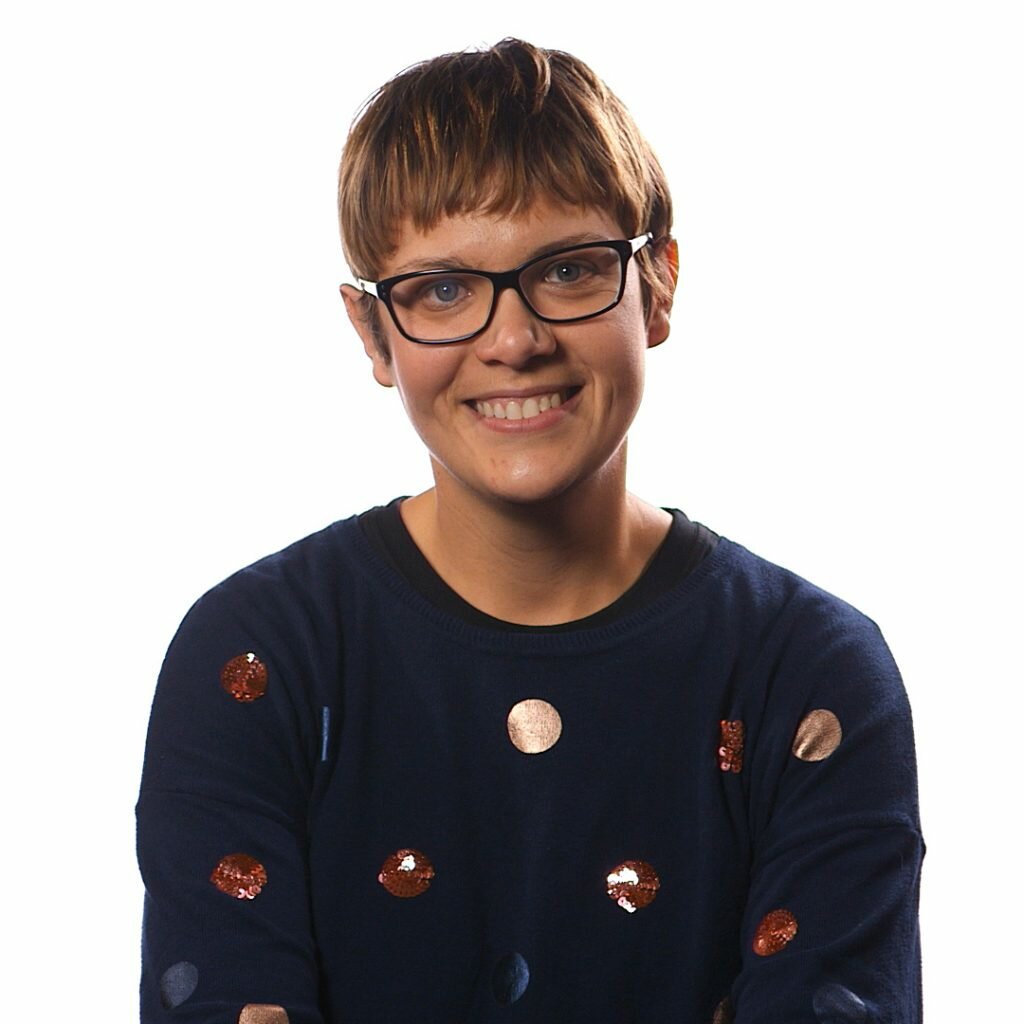Last updated March 23, 2017 at 5:06 pm
It’s a sweltering hot day just off the Strezlecki track in the arid landscape of northern South Australia. Huddled in the middle of the road are two tiny dingo pups, so weak they couldn’t even lap at the water offered to them. To the side of the road a third pup is found, and the decision is made to rescue them from death and try to take them home. The dingo siblings, including a pup named Sandy were hand raised and now live and thrive with the NSW couple who discovered them.
Now Sandy is poised to play her part in helping to answer the question of how human influences – intentional or not, impact the genetic evolution of animals as they are domesticated.
It’s thought that fewer than 10% of dingoes are ‘pure’, in that they have not interbred with domestic dogs. Sandy has been confirmed by genetic testing as a wild-born pure dingo, and is in a unique position to help look for gene differences related to the changes in behaviour that come with domestication. Dingos have been in Australia for at least 5,000 years and isolated from all other dogs until European settlement, making them unique among canines. Sequencing Sandy’s genome will also help refine the genetic test for wild dingoes, as distinct from dingoes from hybrids (cross-breeds) or feral dogs. This is important because there are conservation policies around dingoes, but efforts to exterminate ‘dingo-dogs’, which are considered a major pest because they kill livestock.
The project, led by UNSW scientist Bill Ballard, to sequence Sandy’s DNA is now a finalist in the World’s Most Interesting Genome competition, run by a genomic sequencing company to analyse the genome of a particularly important or significant animal. If you’d like to cast your vote for the Dingo head on over to
http://www.pacb.com/smrt-science/smrt-grant/pag2017/dancing-dingoes/
Images courtesy the Dancing with Dingoes Facebook page
Follow us on Facebook, Twitter and Instagram to get all the latest science.

































































































































































































































































